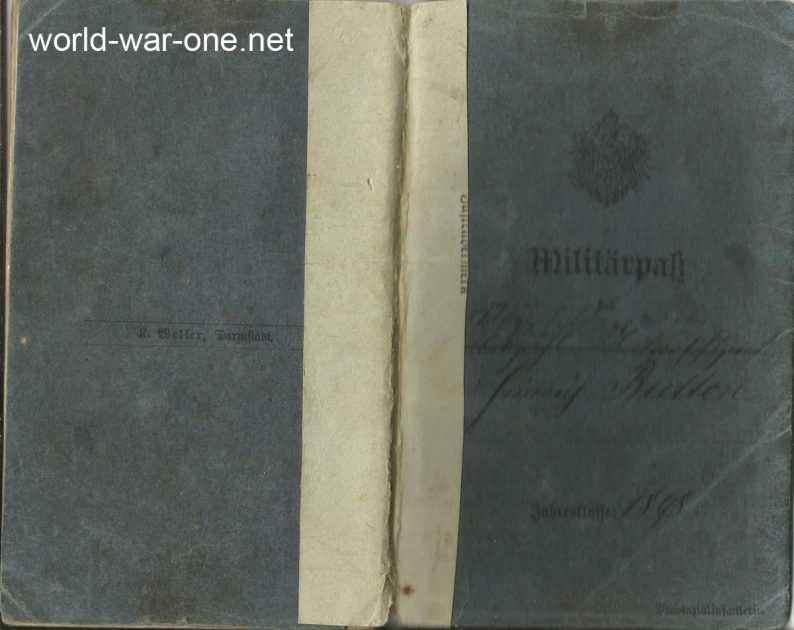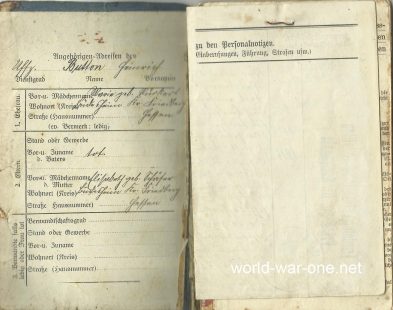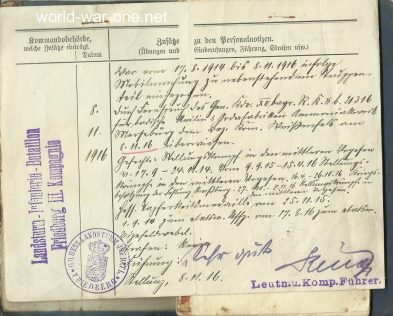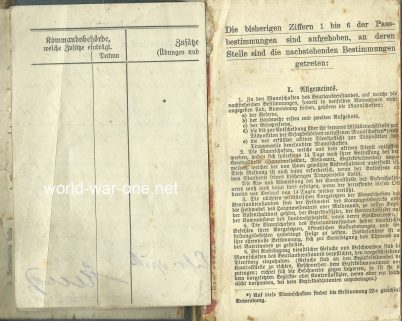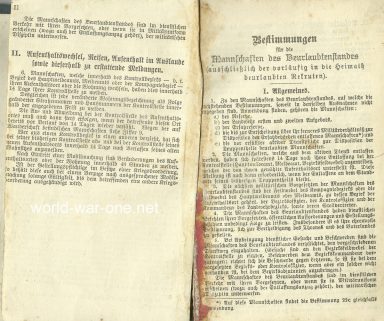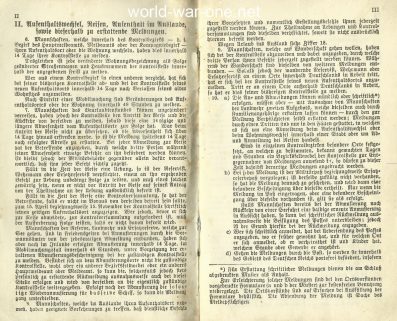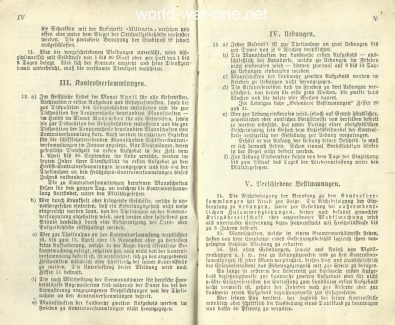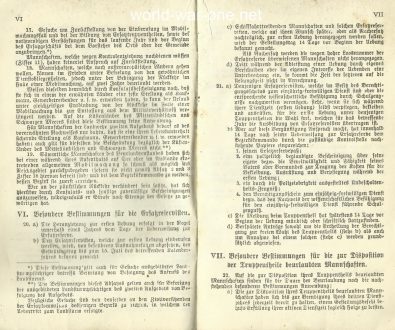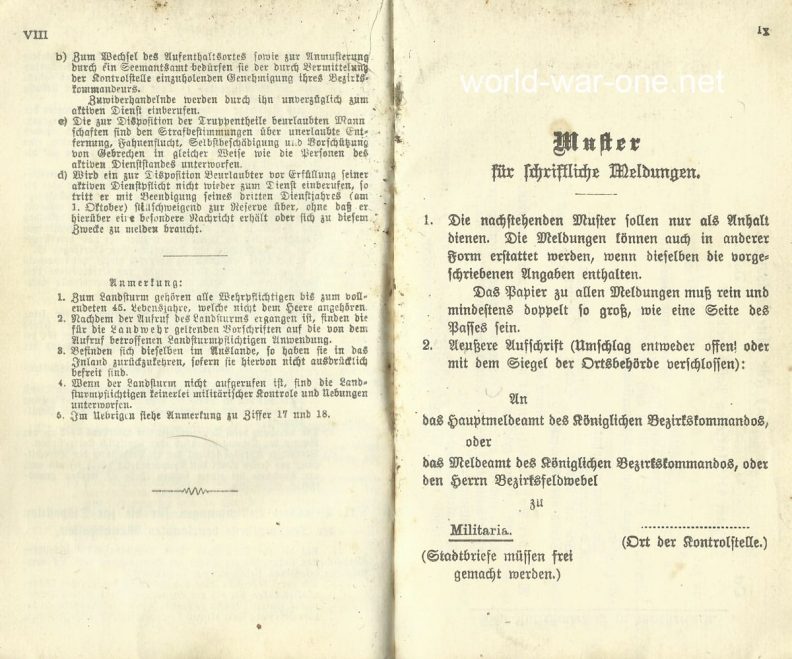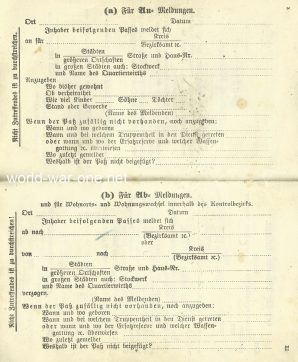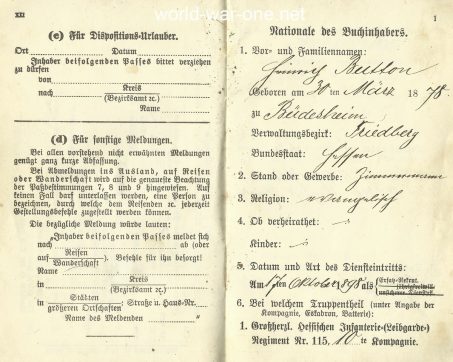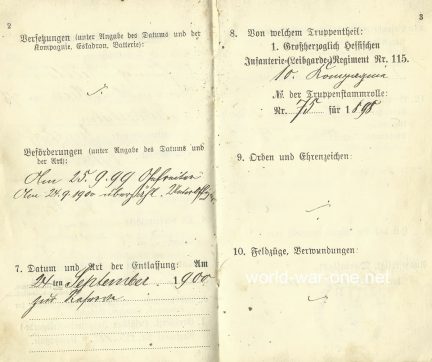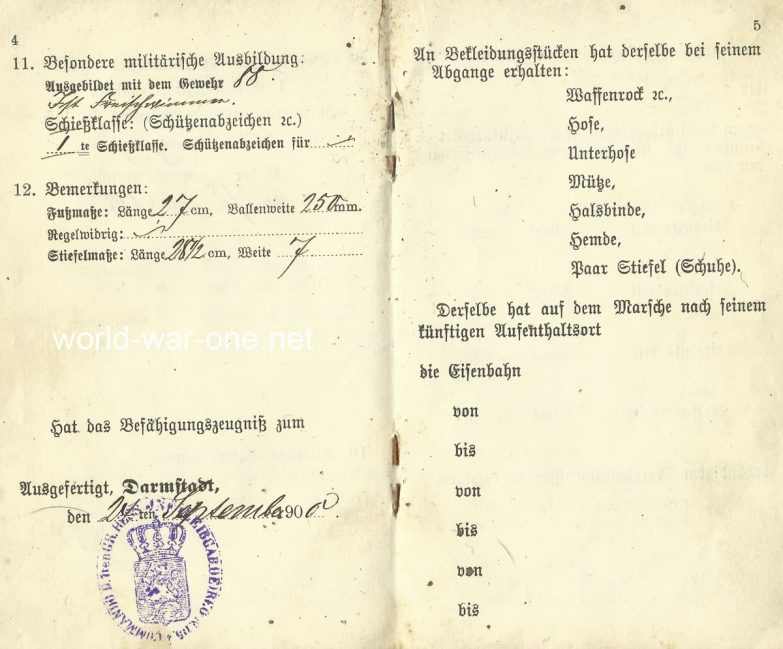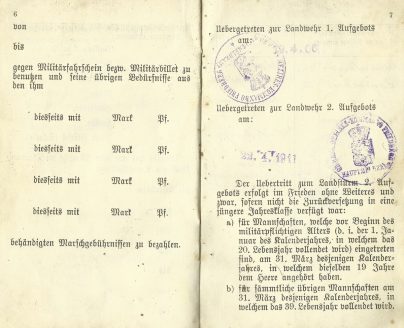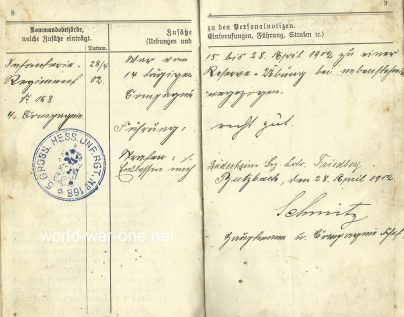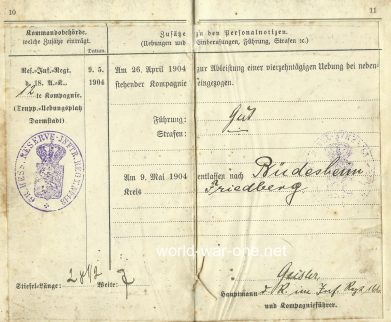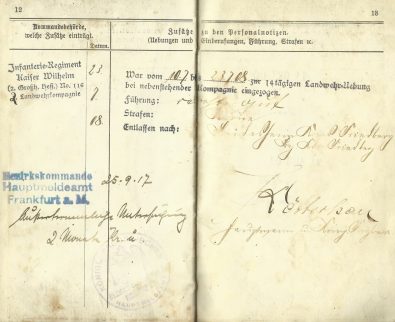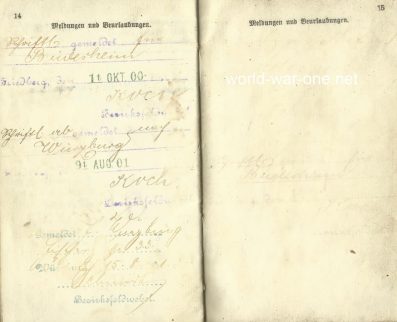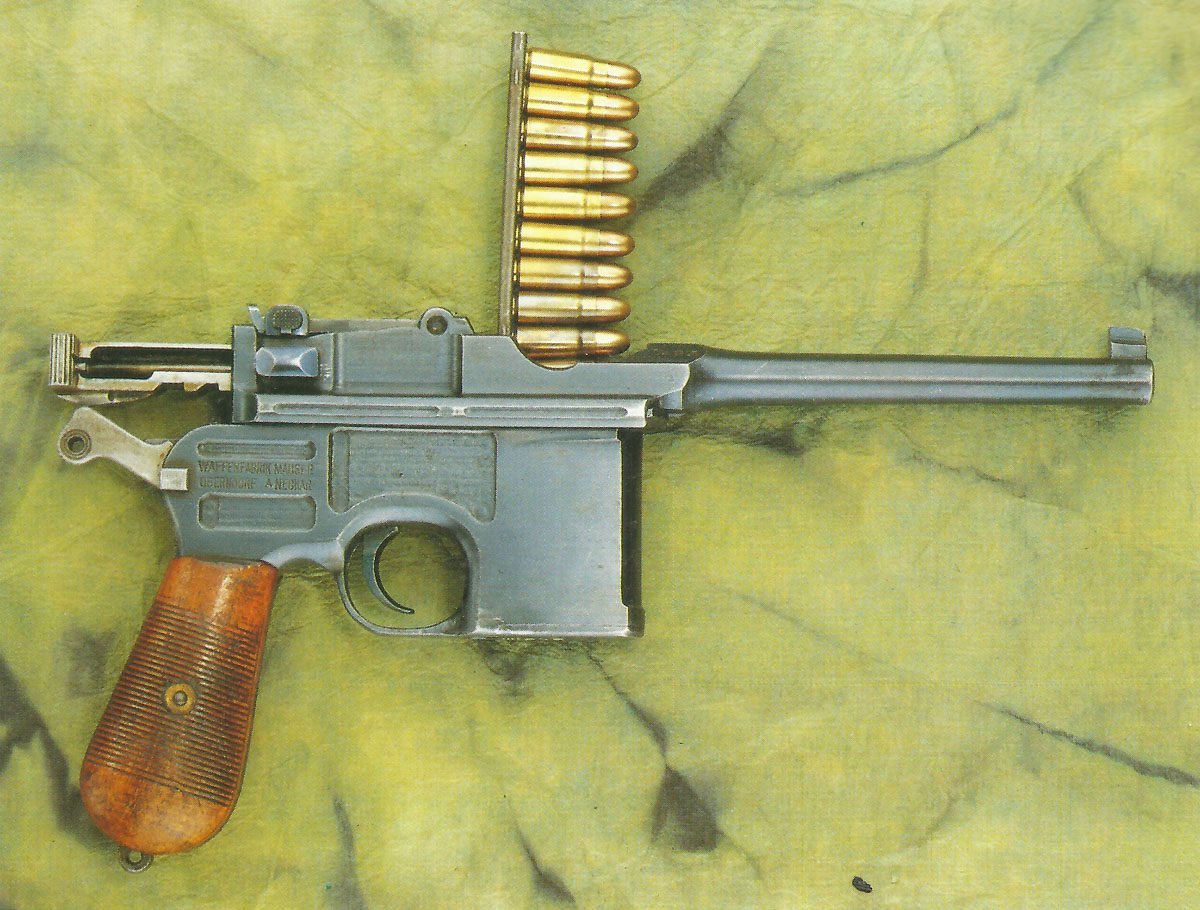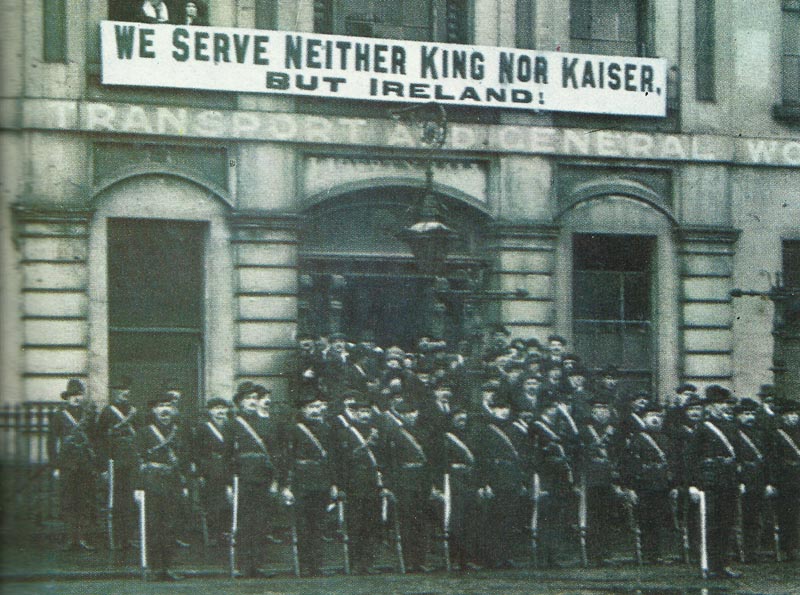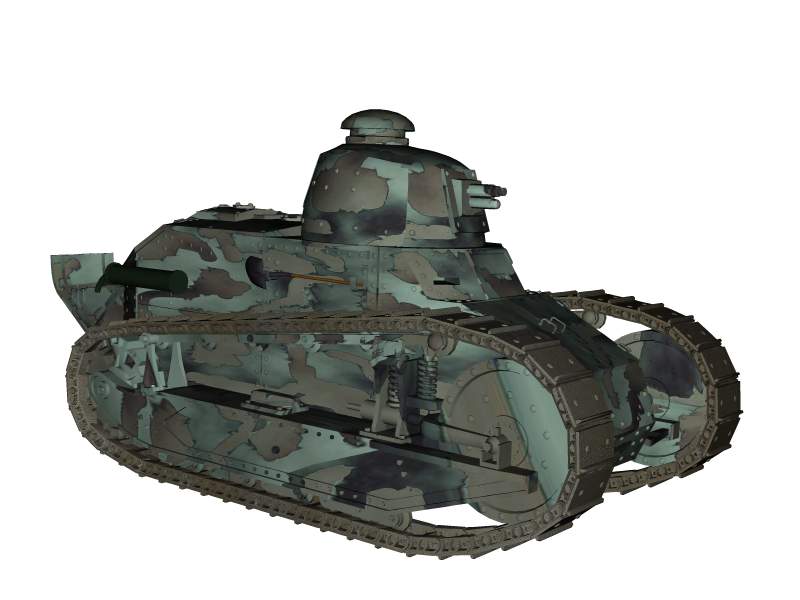German military passport from the Kaiser’s period.
Entries from 17 October 1898 to 25 September 1917 during World War One.
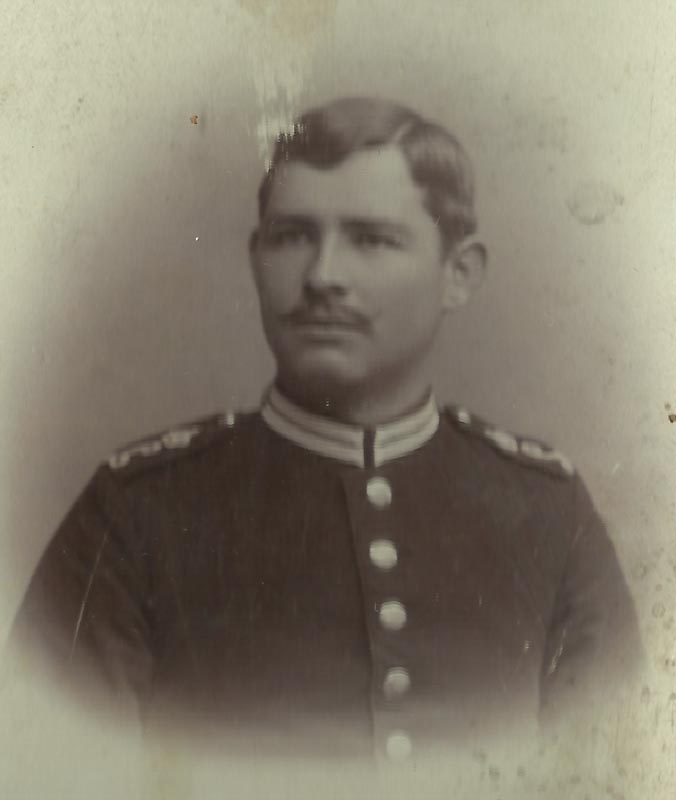
Complete German Military Passport from the Kaiser’s period of the Great-grandfather of the author.
Military passport of the great-grandfather of the author: carpenter Heinrich Button (mother’s side), born on 30 March 1878 in Buedesheim (near Frankfurt/Main), died on 19 March 1954.
Married to Marie Caroline Button, born Rueckert. Father Philipp Jakob Button and mother Elisabeth Button, born Schaefer, (Buedesheim).
Issued on 17 October 1898, last entries on 25 September 1917.
German military passports from the Imperial era (1871-1918) were official documents issued to military personnel for travel purposes.
OVERVIEW
Purpose: They were used for both domestic and international travel by members of the German Imperial Army.
Issuing authority: These passports were typically issued by the soldier’s unit or military district command.
Language: The passports were primarily in German, but sometimes included French translations for international use.
Content – usually contained:
– Personal information (name, rank, unit, etc.)
– Physical description
– Photograph (in later years)
– Signature of the holder
– Official stamps and seals
Design: The passports often featured the Imperial German Eagle on the cover or within the document.
Validity: They were usually valid for a specific period or journey.
Regulations: The use of these passports was governed by military regulations and international agreements.
Variations: Different types existed for officers, enlisted personnel, and specific purposes (e.g., border crossings).
Historical context: These passports reflect the militaristic nature of Imperial Germany and the importance of bureaucracy in the era.
Collectibles: Today, these passports are considered valuable historical documents and are sought after by collectors and historians.
Specific details may vary depending on the exact year of issue and the particular military unit or region within the German Empire.
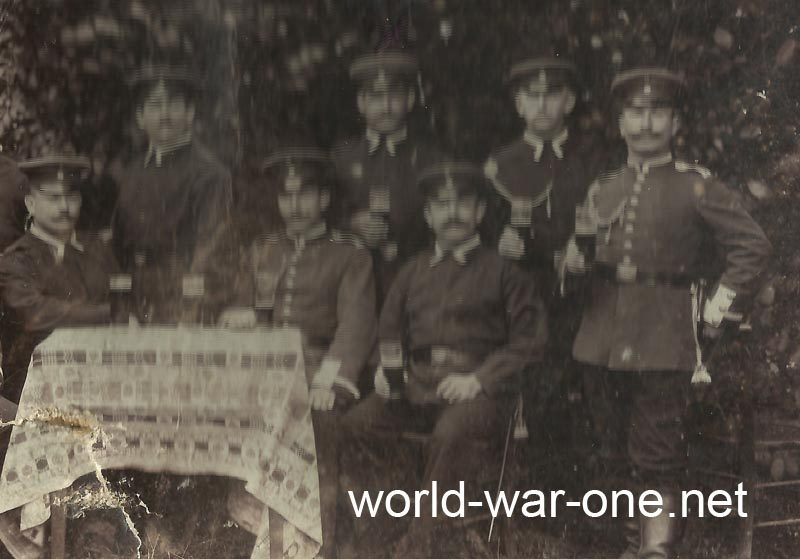
Another variant of the German military passports from the Imperial era (1871-1918) were official documents issued to military personnel for travel purposes. Here are some key points about these passports:
Purpose: They were used for both domestic and international travel by members of the German Imperial Army.
Issuing authority: These passports were typically issued by the soldier’s unit or military district command.
Language: The passports were primarily in German, but sometimes included French translations for international use.
Content – usually contained:
– Personal information (name, rank, unit, etc.)
– Physical description
– Photograph (in later years)
– Signature of the holder
– Official stamps and seals
Design: The passports often featured the Imperial German Eagle on the cover or within the document.
Validity: They were usually valid for a specific period or journey.
Regulations: The use of these passports was governed by military regulations and international agreements.
Variations: Different types existed for officers, enlisted personnel, and specific purposes (e.g., border crossings).
Historical context: These passports reflect the militaristic nature of Imperial Germany and the importance of bureaucracy in the era.
Collectibles: Today, these passports are considered valuable historical documents and are sought after by collectors and historians.
Specific details may vary depending on the exact year of issue and the particular military unit or region within the German Empire.


